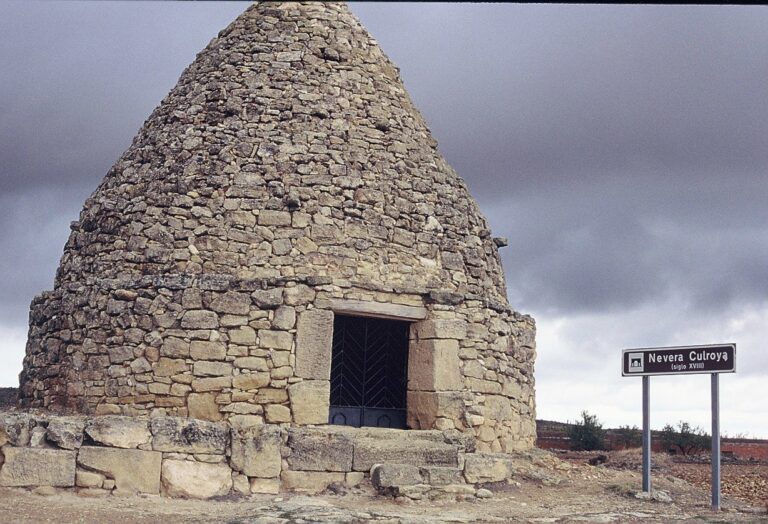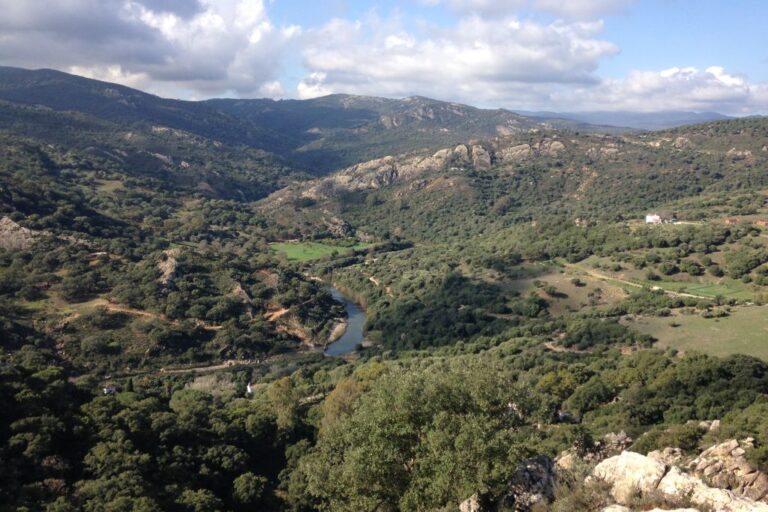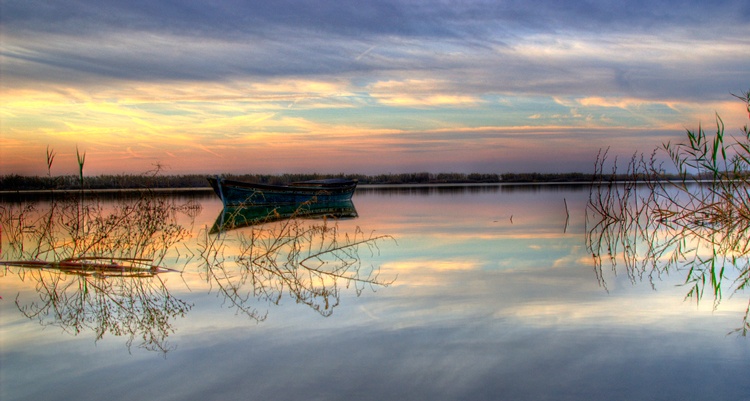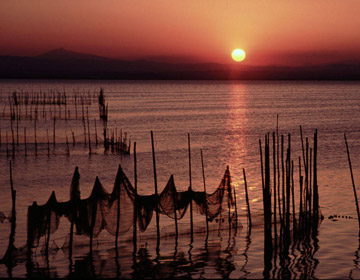
Snow Pits - Cold Architecture
The need to keep food in good condition, but also the tasting of new flavours are the basis of its existence. They are usually dug in the ground or in circular shapes with domes; in any case, they are unique constructions.
This type of construction was already done in the time of the Arabs, but they had their peak during the XVII-XVIII centuries due to the great ice demand. The ice was intended for food preservation, medicinal purposes, and the production of ice cream.
The snow was transported to these snowfields and tamped turning it into blocks of ice; it was buried and covered with straw and earth to maintain it. Its commercialization was carried out on horses.
Many of these structures were built coinciding with the so-called Little Ice Age from the beginning of the fourteenth century to the mid-nineteenth century and whose coldest period took place during the period of 1620-1715: with temperatures approximately 2 ° C below the current ones.
Rehabilitated snow pits are found in Castilla-León -Navas del Rey in Valladolid, Puerto de Casillas in Ávila – Castilla-La Mancha in Ciudad Real -Campo de Criptana- Andalusia in Sevilla -Constantina- in Málaga Yunquera and Tolox, in Galicia -Monforte . Basque Country with Neberongo in Durango Bizkaia… in Catalonia snowpits of Can Gurri in Barcelona.
Tidal Mill
It refers to the mills that use the tides as a driving force to grind the cereal. They are placed in the arms of the estuaries, which allows closing easily, with a dam a cove. When the tide rises the water is dammed in the cove, then the floodgates are closed and when the tide goes down the water is released from that pond making the molars move. They, therefore, consist of three parts: an embankment with a gate, a dam or raft in which water accumulates, and a building where the molars are located at one end of the dam or in the middle. In Asturias, there are four tidal mills nowadays, although none retains the machinery. They were also known as Encienas. This type of mills is distributed throughout the Spanish coast.

There are other types of mills depending on the energy of their motive force, river mills, and windmills linked to history and reviewed in literature especially of the Siglo de Oro.
The grinding of cereal was paramount to the diet of the communities; porridge, bread, and in times of celebration, sweets made the presence of the mill very important for local development.

Natural Park of Los Alcornocales, Andalucia
It is the largest cork oak forest of the Peninsula and is located between the provinces of Cádiz and Málaga. It was declared in 1987 with a protected area and has a surface of 167,767 ha.
As a natural asset, in addition to providing a favourable environment for countless plant and animal species, the obtaining and transformation of cork, the main defender against the fire of these trees is a fundamental activity in the park, as it is for other communities with cork oaks.
Cork is extracted from trees over 25 years old and has an important value for economic development because it serves to make handcrafted objects, caps for the wine industry, and objects for personal use such as bags, purses, and even clothing. It is also used as coating and for the construction of fishing gear, hives, sound, and thermal insulators.
These woods are distributed throughout much of the national territory. Extremadura, Andalusia, Castilla-La Mancha, Aragon, Castilla y León and to a lesser extent Galicia, Asturias with the Alcornocal de Boxo, declared a Natural Monument.
Wetlands Natural Park of L'Albufera, Valencia

With an area of 21,120 hectares, it is located just 10 km from the city of Valencia. It includes the municipalities of Valencia, Alfafar, Sedaví, Massanassa, Catarroja, Albal, Beniparrell, Silla, Sollana, Sueca, Cullera, Albalat de la Ribera and Algemesí. Currently, the three most relevant traditional uses in the area are: fishing, hunting, and agriculture, linked to rice cultivation. Fishing is legally recognized in 1250.
Wetlands are a major asset for communities. Marshes and inland wetlands are fishing reservoirs, they serve as a habitat, for a great variety of aquatic, terrestrial, and bird fauna; they are also the space to produce food, medicinal and ornamental resources, as well as raw materials for the elaboration of objects and constructions.
On October 1st, 2010, during the 9th International Conference of Geoparks, in Lesvos, Greece, the National Park of Cilento Vallo di Diano and Alburni became part of the European and World Geopark Network under the patronage of UNESCO.
The world day of these assets is celebrated on February 2nd, and it vindicates its fundamental role in the provision of freshwater for agriculture, human consumption, and even energy production and biodiversity.
In Spain, there are numerous wetlands such as Doñana National Park (Andalusia), Tablas de Daimiel National Park (Ciudad Real) Gallocanta Lagoon (Aragon) Ebro’s Delta Natural Park (Tarragona)

